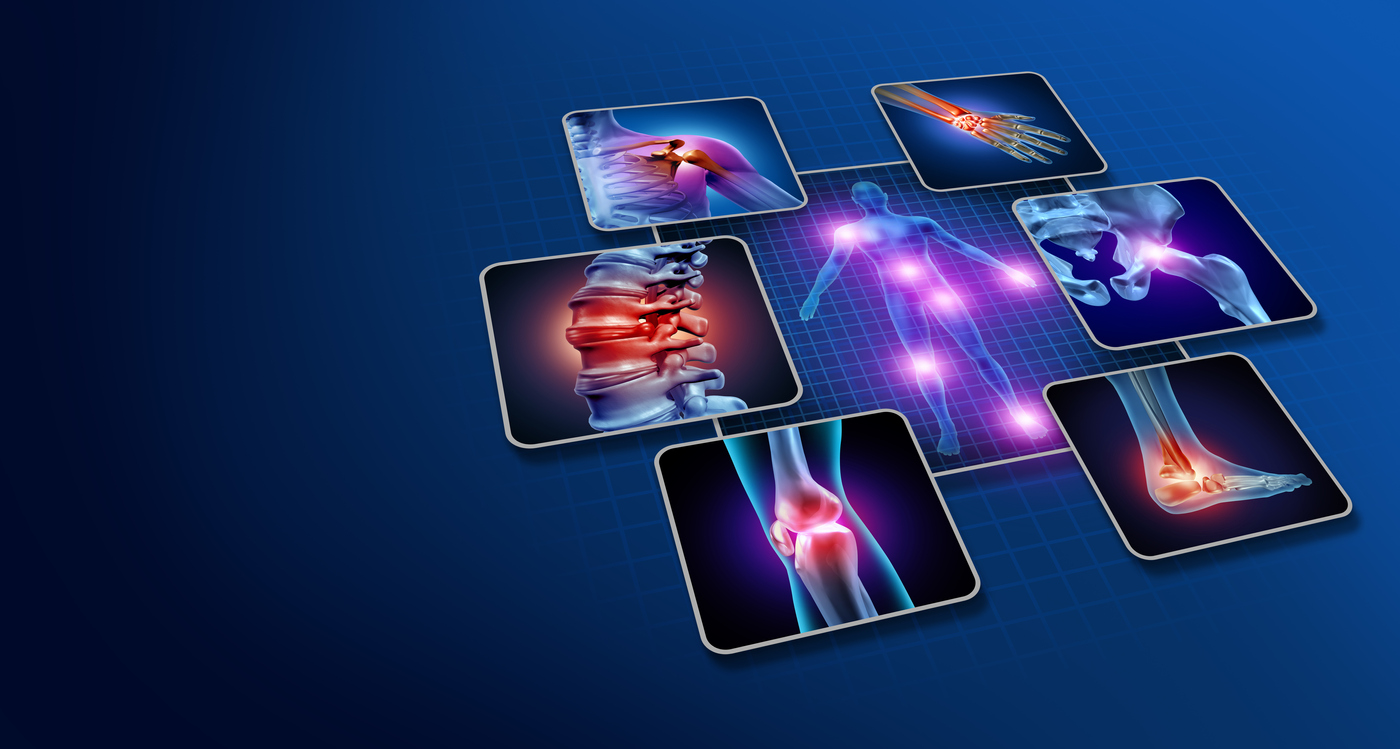Joint pain is a vague term we use to describe a whole host of aches and pains we experience at any given time. As a result, it can be difficult to narrow down the causes of your joint pain. If you have joint pain, we advise visiting a specialist like Dr. Yashar, the best neurosurgeon Los Angeles has.
The Causes of Joint Pain Listed
It could be caused by:
- Osteoarthritis
- Rheumatoid arthritis
- Bursitis
- Lupis
- Gout
- Mumps
- the Flu
- Hepatitis
- Tendinitis
- Sarcoidosis
- Fibromyalgia
- Osteoporosis
- Cancer
- Or even just over-use
However, it is a good idea to keep in mind that not all of these potential causes are equally likely. Old injuries and minor strains are very common causes of intermittent discomfort. Still, if you’re experiencing consistent joint pain over forty, then there is one condition that is far more likely: osteoarthritis.
Arthritis and Joint Pain
Osteoarthritis is a condition that results in the gradual deterioration of the cartilage in the joints. Given that it is usually a result of wear and tear over a lifetime of use, osteoarthritis is usually experienced first in the joints used regularly. The hands, wrists, hips, knees, and spine are common problem areas. Unfortunately, osteoarthritis is a degenerative condition. As the cartilage continues to break down, joint pain and stiffen will worsen.
Normally, the cartilage in your joints acts as a barrier between the bones, allowing for the joint to transition smoothly between all of the positions you need to go about your daily life. Without the cartilage in the way, the bones will come into contact with each other, causing friction and pain as you are trying to move normally. This is how bone spurs often occur.
What is a Bone Spur?
A bone spur is an abnormal growth that usually results from bones coming into direct contact with each other. However, on its own, it’s an unproblematic condition. However, if it grows to a point where it comes into direct contact with another bone or puts pressure on the surrounding nerves, then it can cause pain and other neurological symptoms.
Initially, you may experience localized pain and swelling. As the bone spur grows and puts pressure on the surrounding neurological tissue, you will start to notice a decrease in mobility at the joint site and muscle spasms near the affected area. Fortunately, bone spurs can be treated, especially if the problem is identified early on. If you have bone spurs Los Angeles, you may need treatment.
Diagnosing and Treating Bone Spurs
To diagnose a bone spur, your doctor will review your existing medical history and will perform a physical exam to assess your range of motion. Additionally, they may require further tests, including an MRI, X-ray, or CT scan to get a clearer look at the joint itself. Together these diagnostic tools will help your doctor to definitively identify the cause and extent of your joint pain.
Next, your osteoarthritis and the resulting bone spur can usually be treated without surgery. Physical therapy, medication, and cortisone injections often work as part of a hybrid treatment plan designed to reduce pain and inflammation daily. At the same time, they improve the patient’s mobility over time. In severe cases, however, surgery may prove required.
It is important for patients who have developed bone spurs anywhere along the spine that a specialized surgeon performs the procedure. A board-certified neurosurgeon offers the expertise needed to safely work with the spine to treat the negative effects of a bone spur. Using minimally invasive techniques, a skilled neurosurgeon can decompress the affected part of the spine, giving your nerves the space they need to function properly. When done correctly, a spinal decompression procedure can alleviate pain and restore normal function.


